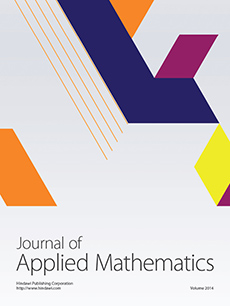Abstract
With more and more mobile device users, an increasingly important and critical issue is how to efficiently evaluate mobile network survivability. In this paper, a novel metric called Average Degree of Disconnectivity (Average DOD) is proposed, in which the concept of probability is calculated by the contest success function. The DOD metric is used to evaluate the damage degree of the network, where the larger the value of the Average DOD, the more the damage degree of the network. A multiround network attack-defense scenario as a mathematical model is used to support network operators to predict all the strategies both cyber attacker and network defender would likely take. In addition, the Average DOD would be used to evaluate the damage degree of the network. In each round, the attacker could use the attack resources to launch attacks on the nodes of the target network. Meanwhile, the network defender could reallocate its existing resources to recover compromised nodes and allocate defense resources to protect the survival nodes of the network. In the approach to solving this problem, the “gradient method” and “game theory” are adopted to find the optimal resource allocation strategies for both the cyber attacker and mobile network defender.
Citation
Pei-Yu Chen. Frank Yeong-Sung Lin. "Recovery and Resource Allocation Strategies to Maximize Mobile Network Survivability by Using Game Theories and Optimization Techniques." J. Appl. Math. 2013 (SI15) 1 - 9, 2013. https://doi.org/10.1155/2013/207141
Information





